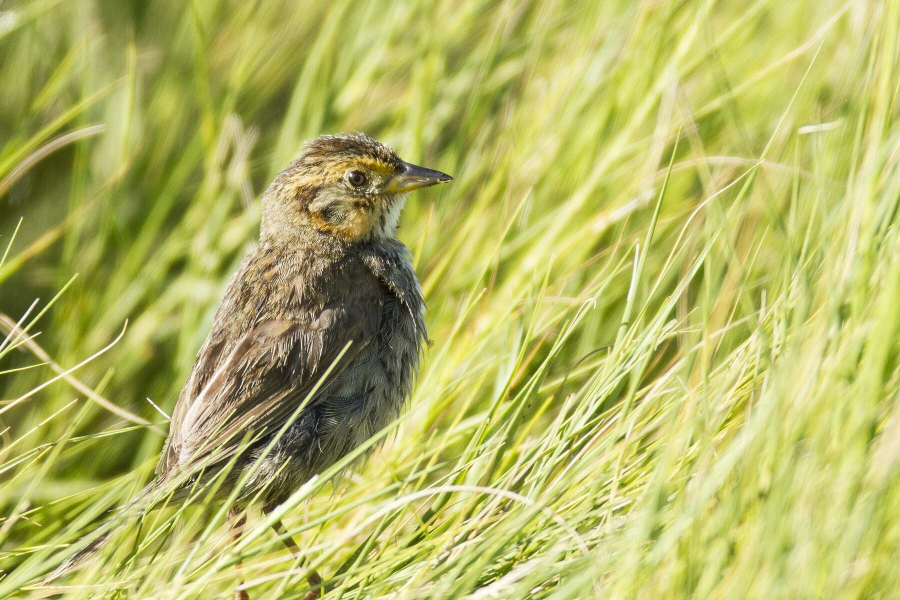By supporting key habitats, we support the ecosystem
Conserving habitat for surrogate species helps build a healthy, balanced watershed

The need for land and resources has led to fragmented and degraded habitats across the Chesapeake region, impacting the health of many species. But the U.S. Fish and Wildlife Service (FWS) and the Bay Program’s Vital Habitats Goal Implementation Team are leading an effort to exemplify scalable, strategic habitat conservation in action across the Chesapeake landscape.
For the first time, our partners now have the regional context and scientific horsepower—through tools and information developed by the North Atlantic and Appalachian Landscape Conservation Cooperatives (LCCs); the Atlantic Coast, Appalachian Mountain and Black Duck Joint Ventures; and the Northeast Association of Fish and Wildlife Agencies (NEAFWA)—to identify and agree upon priority "surrogate" species. Surrogate species are animals and plants that can be used to represent the habitat needs of many other species using similar habitats throughout the watershed, and include the black bear, woodcock, black duck, saltmarsh sparrow and brook trout.
Together, we are determining the habitat needs of these surrogate species—what kind of habitat, how much, and where—to understand and plan for habitat changes due to climate change and development. Our aim will be to conserve enough of the right kinds of habitat throughout the Chesapeake landscape, in the right configurations, to sustain these surrogate species, and by extension all the other species whose needs they represent, at desired population levels.
FWS is helping to coordinate the contributions of established, successful conservation partnerships that impact the Chesapeake region, supporting the Chesapeake Bay Watershed Agreement and Chesapeake Bay Executive Order. By aligning the ground-breaking science of LCCs, the organizing power of Joint Ventures and Fish Habitat Partnerships, and the capacity of NEAFWA and other non-governmental organizations to address our mutual priorities, we are bringing new leadership and resources to bear on the goals of the Executive Order and Watershed Agreement.
Conserving healthy habitats is essential to the long-term health of the ecosystem and the region’s quality of life. All of our work adds up to measurable gains for fish, wildlife and plants and the natural benefits they provide to people living in the Chesapeake watershed.
Written by Mike Slattery, U.S. Fish and Wildlife Service.

Comments
The surrogate species approach has great merit. And I am hoping there is still time "to identify and agree upon priority "surrogate" species" that might help target regional habitat needs (Hellbenders and pearly mussels come to mind). Hopefully there will be an open forum on selecting species that will help move the initiative forward. Good job!
Thank you!
Your comment has been received. Before it can be published, the comment will be reviewed by our team to ensure it adheres with our rules of engagement.
Back to recent stories